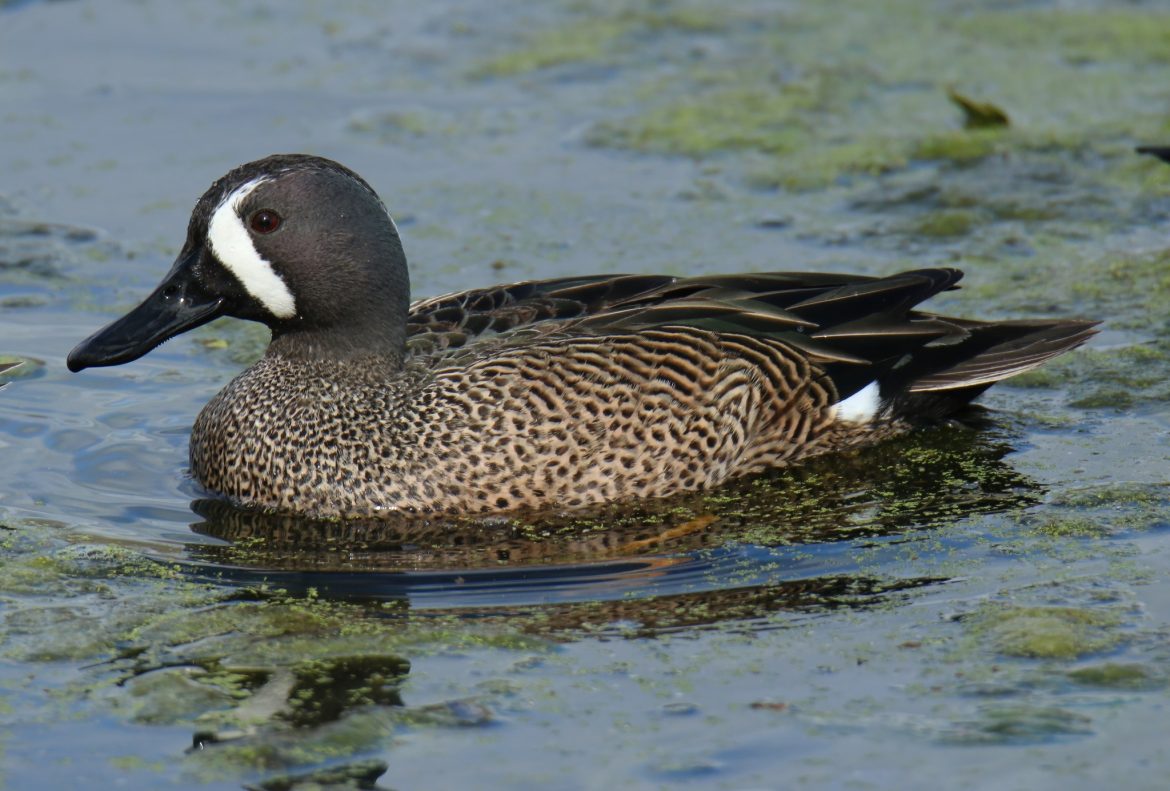By Kayla Pringle
The history of duck hunting in North America is a reminder of how human activity can both endanger wildlife and protect it. What began as unregulated hunting nearly pushed several species to the brink of extinction. Yet the crisis that followed led to some of the most significant conservation laws and programs still in place today.
For centuries, Indigenous communities hunted ducks and other waterfowl sustainably, following natural patterns of migration and taking only what was needed. When European settlers arrived in America, however, duck hunting changed dramatically. By the 1800s, waterfowl were being harvested on a massive commercial scale. Ducks were shipped by the wagonload to city markets, and feathers were sold for clothing and household goods.
The techniques used during this period were devastating. Market hunters employed “punt guns”, giant firearms capable of killing dozens of birds at once, along with baited wetlands and live decoys to lure in entire flocks. Species such as the Canvasback, Redhead, and Wood Duck experienced sharp population declines. The extinction of the Passenger Pigeon around the same time served as a sobering warning of how quickly overexploitation could erase a species.
The damage eventually prompted a public response. Early conservationists and concerned citizens pushed for stronger protections. Their efforts culminated in the Migratory Bird Treaty Act of 1918, which outlawed market hunting and gave federal protection to migratory species. This landmark law not only saved ducks from further decline but also set the foundation for modern bird conservation across North America.
Another major step came in 1934 with the creation of the Federal Duck Stamp Program. While hunters were the ones required to purchase the stamps, the true beneficiaries have been wetlands and wildlife. Revenue from duck stamps has helped protect more than six million acres of habitat; land that supports countless species of birds, amphibians, fish, and plants. Programs like these demonstrate how conservation policies can deliver benefits far beyond their original goal.
Today, ducks are among the best-monitored bird groups in the world. Annual surveys, hunting limits, and habitat management are coordinated across international borders to ensure populations remain healthy. Just as importantly, the wetlands preserved for waterfowl also provide critical ecosystem services, from filtering water to reducing flooding.
While hunting continues in a regulated form, the broader legacy of this history lies in how it reshaped our relationship with wildlife. What began as unchecked exploitation became the spark for conservation laws, funding systems, and habitat protection that continue to benefit both birds and people.
The story of duck hunting and conservation is ultimately one of balance. What once threatened waterfowl populations later became part of the solution, as hunters, scientists, and policymakers came together to protect wetlands and restore duck populations. That collaboration reminds us that conservation succeeds when many voices and interests align. Safeguarding migratory birds today will require the same shared commitment because healthy habitats and thriving wildlife benefit everyone, not just those who hunt or birdwatch.

Federal duck stamp: https://commons.wikimedia.org/wiki/Category:Federal_Duck_Stamps#/media/File:1935DuckStamp.jpg

